Have you ever wondered how to keep your Nopal cactus healthy and strong? Nopal cacti are remarkable plants, popular both for their unique appearance and their ability to thrive in arid conditions. However, like any plant, they do require some specific care to prevent them from rotting. With the right knowledge, you can ensure your Nopal cactus remains vibrant and robust for a long time.
Understanding the Nopal Cactus
What is a Nopal Cactus?
The Nopal cactus, also known as the prickly pear, is a species in the cactus family native to the southwestern United States and Mexico. This plant is admired for its flat, paddle-shaped stems, which not only look exotic but are also edible. The stems, or pads, can be cooked and are often used in various dishes. The Nopal cactus is also known for its fruit, known as “tunas,” which have a sweet, watermelon-like taste.
Why Does Nopal Cactus Rot?
Rotting in Nopal cacti can be a result of several factors. It often occurs due to excessive moisture and improper care practices. As desert plants, these cacti are adapted to dry environments and can easily suffer from water-related issues. Understanding the causes of rot is crucial for preventing it and maintaining your cactus’s health.
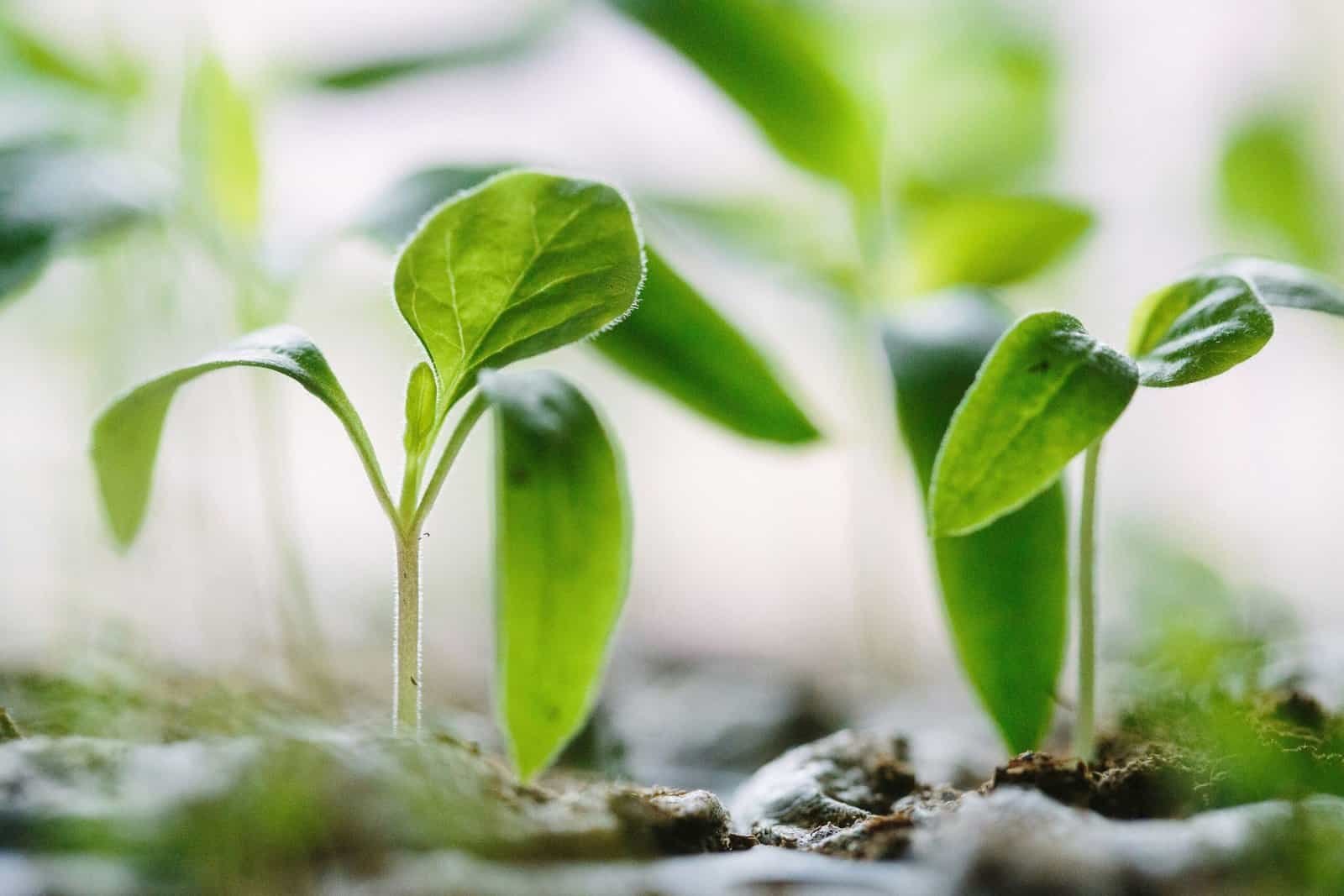
Signs That Your Nopal Cactus is Rotting
Catching rot early can help you save your cactus. Look for signs such as soft, mushy spots on the stems, browning or blackening on the pads, and an unpleasant smell. These indicators suggest that your cactus is holding excess moisture, which is beginning to damage the plant’s structure.
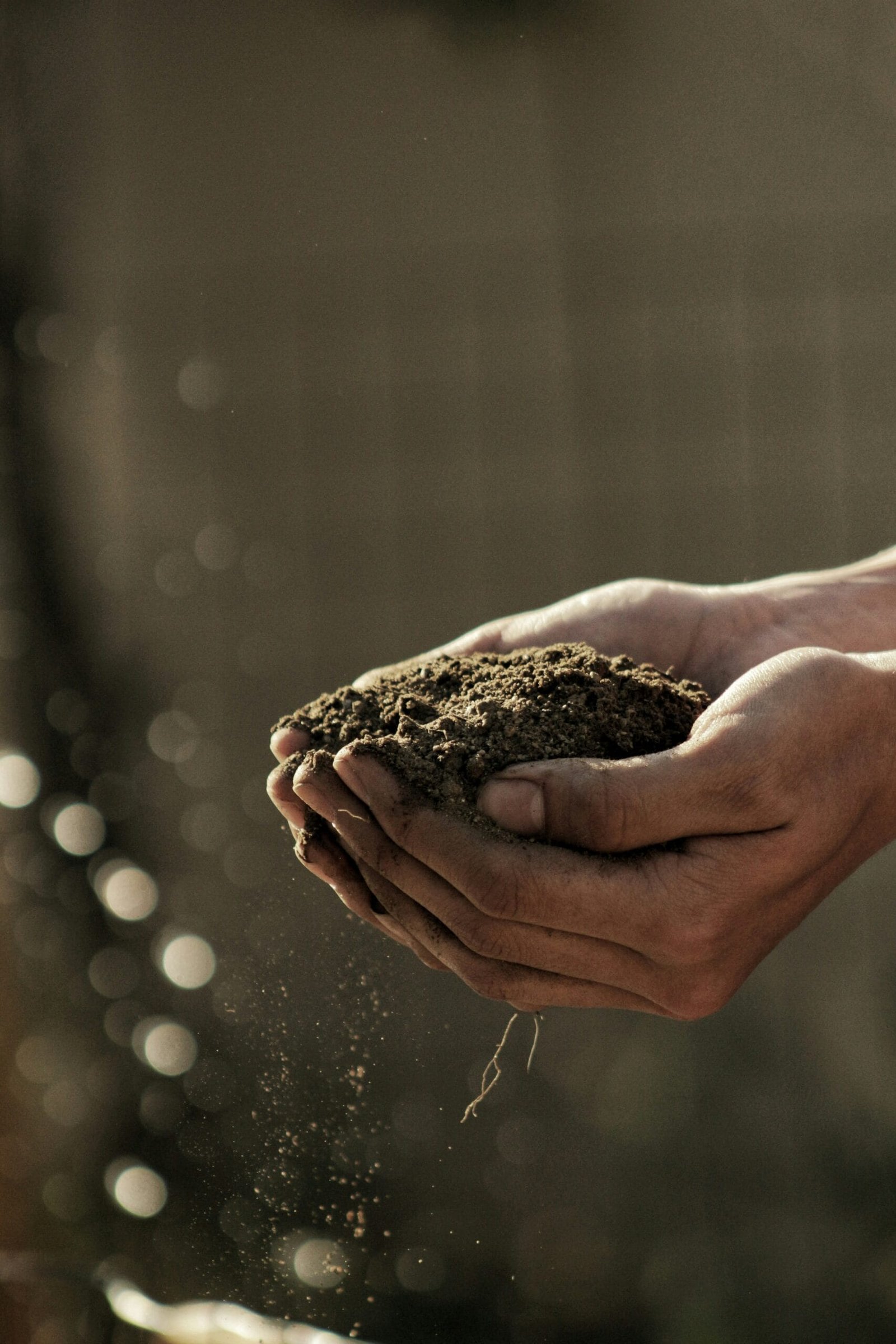
Preventing Rot in Nopal Cacti
Prevention is always better than cure, and with a few proactive measures, you can keep your Nopal cactus free from rot.
Proper Watering Techniques
Watering is a crucial aspect of cactus care. With Nopal cacti, it’s essential to strike a balance between drowning and dehydrating your plant.
Understanding Water Needs
The Nopal cactus doesn’t need frequent watering. During the growth season (spring and summer), water your cactus every two to four weeks. In its dormant phase (fall and winter), you can cut back to once every month or two. Always allow the soil to dry out completely between waterings.
Effective Watering Tips
- Check the soil moisture: Before watering, insert a finger into the soil about an inch deep. If it feels dry, it’s time to water.
- Water deeply: When you water your cactus, do so deeply, allowing the water to reach the roots. Ensure there’s enough drainage so excess water can escape.
- Avoid wetting the foliage: Try not to get water on the pads, as this can encourage rot. Focus on the base of the plant.
The Right Soil for Your Nopal Cactus
Soil composition plays a pivotal role in preventing Nopal cactus rot. These cacti need well-draining soil to avoid water retention that can lead to rot.
Ideal Soil Mix
A good cactus potting mix often includes:
- Sand or Perlite: Improves soil aeration and drainage.
- Pumice or Gravel: Enhances drainage further and prevents compaction.
- Potting Soil: Provides nutrients while remaining lightweight.
Consider mixing your own cactus soil to ensure it meets these criteria. A standard mix could be one part potting soil, one part sand, and one part perlite or pumice.
Choosing the Right Container
The type of container you choose can drastically impact the health of your Nopal cactus.
Container Material and Drainage
Use a container made of breathable materials like terracotta or clay. Ensure it has drainage holes at the bottom to allow excess water to escape easily. Containers without proper drainage will lead to waterlogged soil, encouraging rot.
Light and Temperature
A Nopal cactus thrives in ample sunlight and arid temperatures.
Optimal Light Conditions
Place your cactus in a location where it can receive at least six to eight hours of sunlight each day. If you’re growing your cactus indoors, a south-facing window is ideal. However, be wary of intense direct sunlight during peak afternoon hours, as this can scorch the plant.
Temperature Considerations
Nopal cacti prefer warm temperatures, ranging from 70°F to 100°F (21°C to 38°C) during the day. At night, they can handle cooler conditions but should not be exposed to freezing temperatures for prolonged periods.
Fertilization
While less frequent than other plants, fertilizing your Nopal cactus correctly can help it grow strong and resist diseases.
Appropriate Fertilization Schedule
- Use a balanced, water-soluble cactus fertilizer.
- Apply the fertilizer once in the spring and possibly again in early summer.
- Avoid fertilizing during the dormant winter months.
Over-fertilization can be as harmful as neglect, leading to weak growth and susceptibility to diseases including rot.
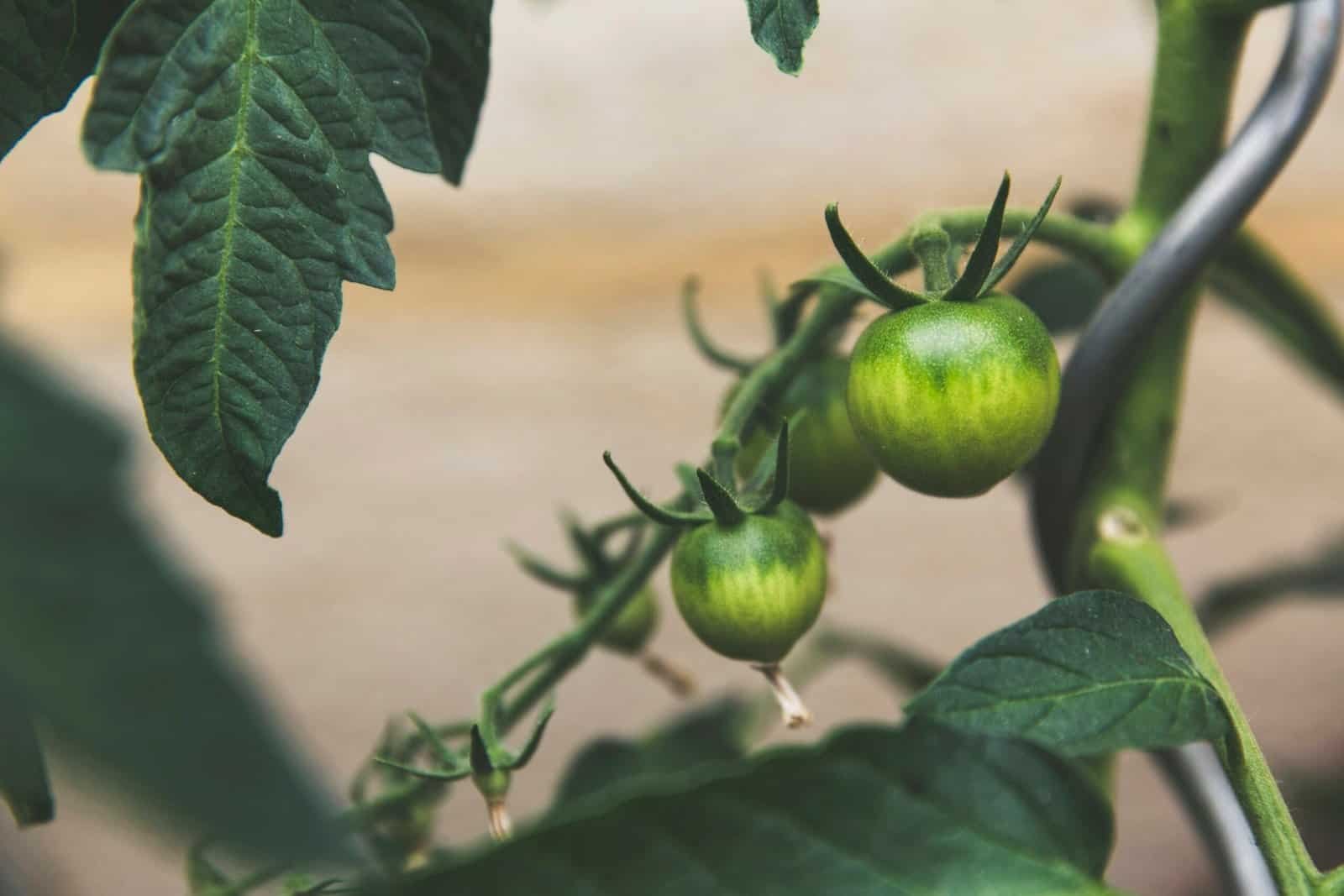
Dealing with Existing Rot
If you notice rot developing on your Nopal cactus, immediate action is necessary.
Steps to Handle Cactus Rot
- Identify and Cut Away Rotten Sections: Use a sterile knife or scissors to remove affected areas. Ensure you cut into healthy tissue to prevent the spread of rot.
- Let the Wounds Heal: Allow the cut areas to dry and callous over a few days. Expose them to air until they form a protective layer.
- Repot the Cactus: Consider changing the soil and pot if the rot was severe. Ensure the new soil and pot have proper drainage.
Aftercare Tips
- Reduce watering to help the cactus recover.
- Gradually reintroduce the cactus to its normal light conditions.
- Monitor closely for any signs of further rot or stress.
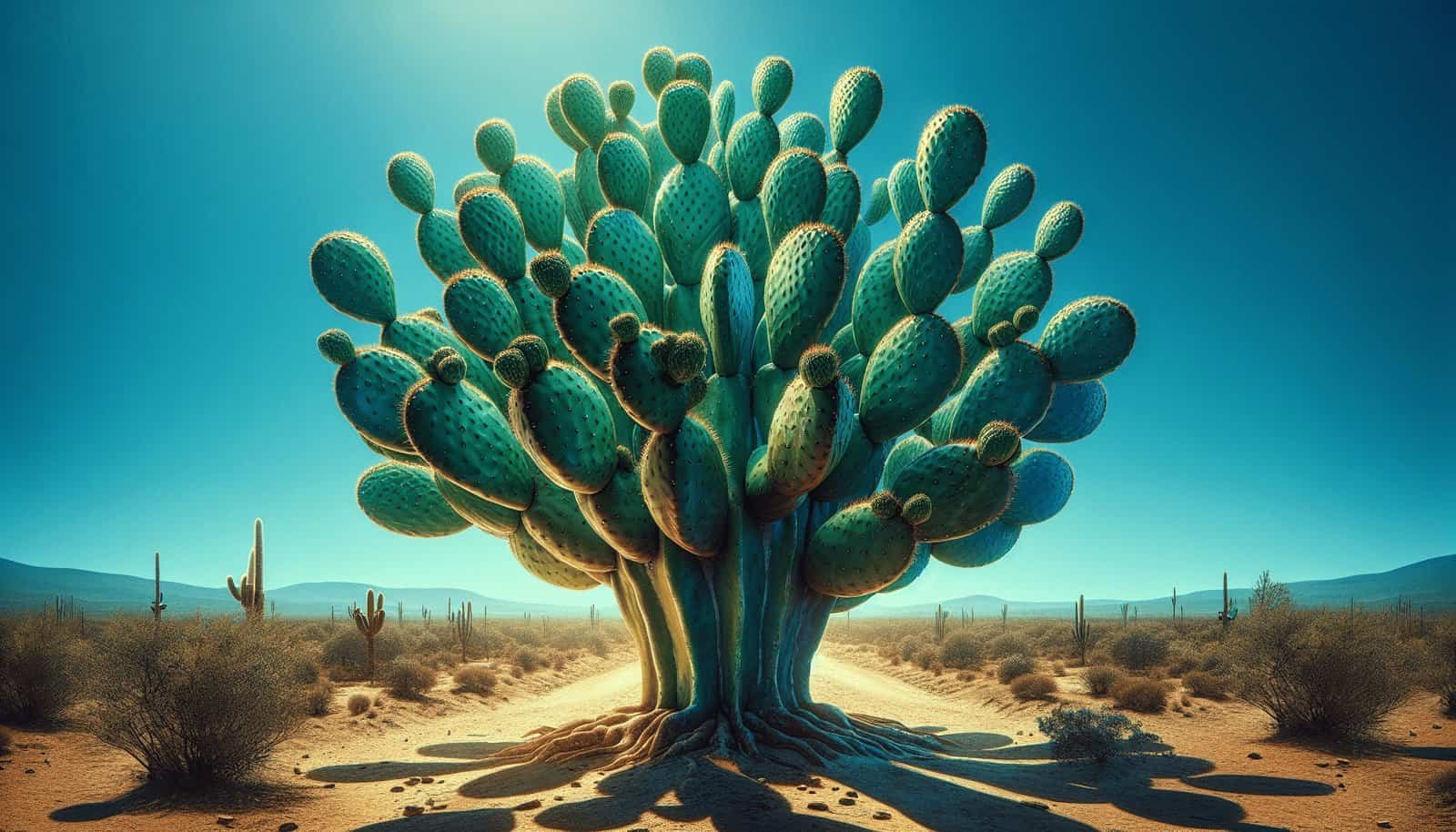
Encouraging Healthy Growth
Keeping a Nopal cactus healthy isn’t merely about preventing rot; it’s also about promoting its overall wellbeing.
Seasonal Care Adjustments
Adjust your care routine according to the season. Understand that your cactus has different needs during its active growing period and when it’s conserving energy.
Pruning and Trimming
Regularly inspect your cactus for faded or dead pads. Use sterilized tools to remove these parts, which will help the plant direct energy to healthy growth.
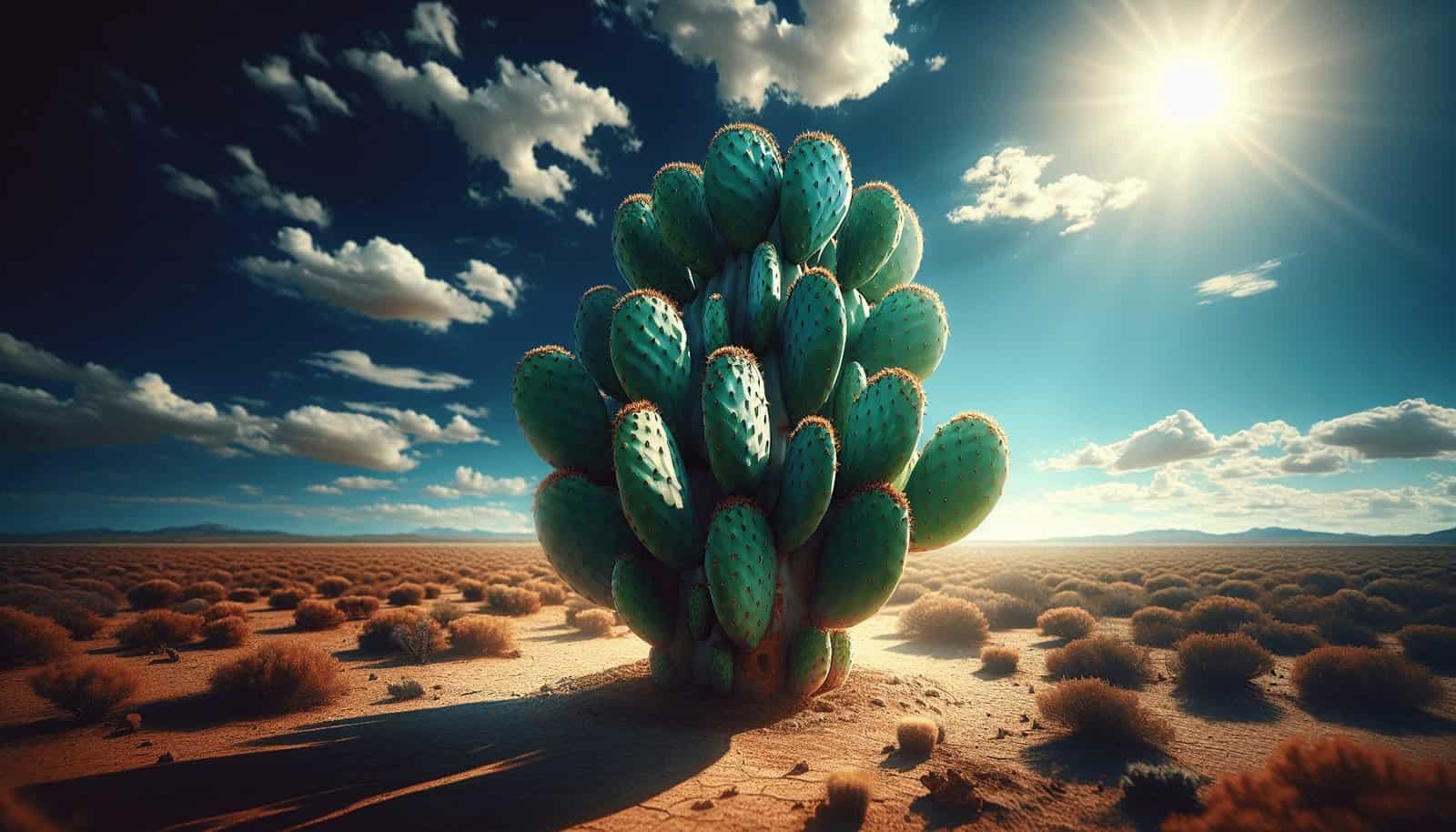
Conclusion
Preventing your Nopal cactus from rotting is primarily about mimicking its natural environment. By providing the right conditions—proper watering, suitable soil, and adequate light—you can ensure your cactus not only survives but thrives. With attentive care, you’ll enjoy the unique beauty and charm of your Nopal cactus for many years.
The job of a gardener is never truly done, and with each new cactus pad or blossom, you’ll find immense satisfaction in knowing your care has made a difference. So, whenever you look at your Nopal cactus, remember that healthy plants are happy plants!

